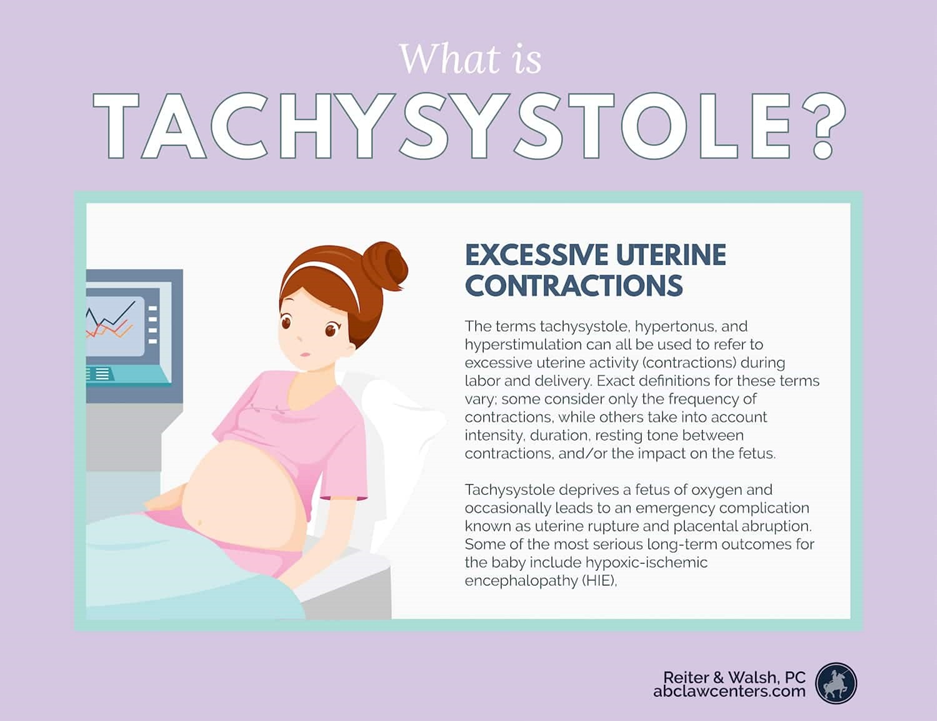A nurse is assisting in the care of a client who is in labor.
The doctor documents the vaginal examination as: 3 cm, 30%, and -1. The nurse evaluates this documentation to
mean which of the following?
The cervix is effaced 3 cm, it is dilated 30%, and the presenting part is 1 cm above the ischial spines
The cervix is dilated 3 cm, it is effaced 30%, and the presenting part is 1 cm below the ischial spines
The cervix is dilated 3 cm, it is effaced 30%, and the presenting part is 1 cm above the ischial spines
The cervix is effaced 3 cm, it is dilated 30%, and the presenting part is 1 cm below the ischial spines
The Correct Answer is C
The correct answer is choice c. The cervix is dilated 3 cm, it is effaced 30%, and the presenting part is 1 cm above the ischial spines.
Choice A rationale:
This choice incorrectly states that the cervix is effaced 3 cm and dilated 30%. Effacement is measured in percentages, not centimeters, and dilation is measured in centimeters, not percentages.
Choice B rationale:
This choice correctly states the cervix is dilated 3 cm and effaced 30%, but it incorrectly states that the presenting part is 1 cm below the ischial spines. A station of -1 means the presenting part is 1 cm above the ischial spines.
Choice C rationale:
This choice correctly states that the cervix is dilated 3 cm, effaced 30%, and the presenting part is 1 cm above the ischial spines. This matches the documentation provided.
Choice D rationale:
This choice incorrectly states that the cervix is effaced 3 cm and dilated 30%. Effacement is measured in percentages, not centimeters, and dilation is measured in centimeters, not percentages. Additionally, it incorrectly states that the presenting part is 1 cm below the ischial spines. A station of -1 means the presenting part is 1 cm above the ischial spines.
Nursing Test Bank
Naxlex Comprehensive Predictor Exams
Related Questions
Correct Answer is C
Explanation
Choice A rationale:
The presence of a “bloody show” from the vagina is a normal part of labor. It’s caused by the expulsion of the mucus plug that
has sealed the cervix during pregnancy. This is a common occurrence and does not need to be reported to the provider.
Choice B rationale:
Early decelerations in the Fetal Heart Rate (FHR) are usually not a cause for concern. They are often a sign of head
compression, which is a normal occurrence during labor. Therefore, this finding does not need to be reported to the provider.
Choice C rationale:
Uterine contractions lasting 2 minutes could be a sign of a complication known as “uterine tachysystole” or “hyperstimulation”. This condition can reduce oxygen supply to the baby and may require medical intervention. Therefore, this finding should be reported to the provider.

Choice D rationale:
Feeling pelvic pressure with contractions is a normal part of the second stage of labor. This pressure is due to the baby moving
down into the birth canal. Therefore, this finding does not need to be reported to the provider.
Correct Answer is B
Explanation
Choice A rationale:
Pushing continuously throughout the entire contraction can lead to maternal exhaustion and may not be the most effective way to progress labor. It’s important for the mother to conserve her energy and work with her body’s natural rhythms.
Choice B rationale:
Taking a deep, cleansing breath before and after each contraction can help the mother manage pain and keep her energy up.
This technique is often recommended because it allows the mother to rest briefly and gather strength for the next contraction.

Choice C rationale:
While it’s important for the nurse to monitor contractions and provide guidance, the urge to push is a natural response that
can vary among individuals. Telling the mother when to push according to contractions may not align with her body’s natural
instincts.
Choice D rationale:
Holding one’s breath and pushing while someone counts to ten is an outdated practice. This method can cause unnecessary
strain and doesn’t take into account the individual rhythms and responses of the mother’s body.
Whether you are a student looking to ace your exams or a practicing nurse seeking to enhance your expertise , our nursing education contents will empower you with the confidence and competence to make a difference in the lives of patients and become a respected leader in the healthcare field.
Visit Naxlex, invest in your future and unlock endless possibilities with our unparalleled nursing education contents today
Report Wrong Answer on the Current Question
Do you disagree with the answer? If yes, what is your expected answer? Explain.
Kindly be descriptive with the issue you are facing.
